Moles
Identifying and Monitoring Moles
Moles are common skin growths that can appear anywhere on the body. They are typically brown or black and can be flat or raised. Most moles are benign, but changes in size, shape, or color can indicate a risk of skin cancer and should be evaluated by a dermatologist.
While most moles are harmless, it is important to monitor them for any changes that could indicate skin cancer, such as melanoma. Regular skin checks and mole evaluations are crucial for early detection and treatment of skin cancer.
Expert Mole Evaluations at Riva Dermatology
Riva Dermatology offers comprehensive mole evaluations and treatments, including biopsy and removal if necessary. Our dermatologists are dedicated to ensuring your skin health and peace of mind.
Examples of Moles
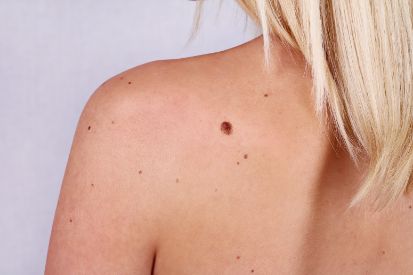
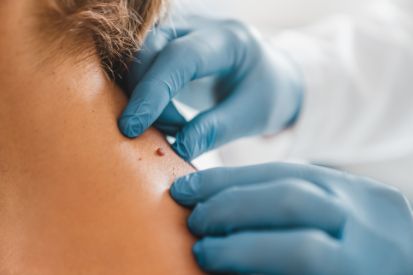
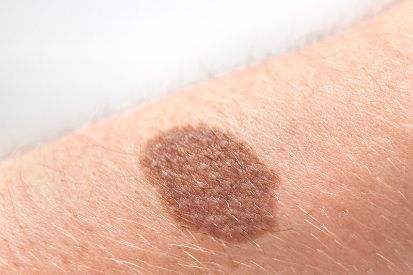

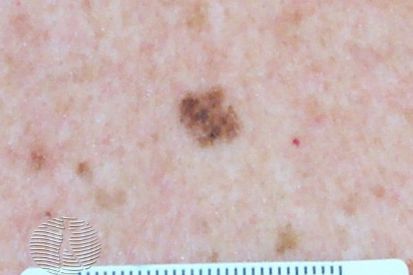
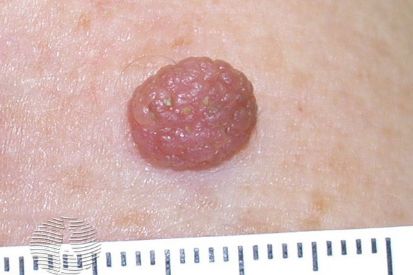
What are the Symptoms of Moles?
- Moles can be either raised or flat.
- The surface of the mole can be smooth or wrinkled and some may contain hair.
- Though generally brown or flesh-colored, moles may also appear tan, black, red or blue.
- As the body ages, moles may lighten in color, flat moles may become raised, and some moles may disappear.
Causes of Moles
- Genetics (Family History): Our genetic code significantly influences mole development.
- Sun Exposure: Spending time under the sun contributes to the appearance of moles.
- Hormonal Changes: Life events like pregnancy, marked by hormonal fluctuations, can influence the number of moles.
- Age: As we age, our skin accumulates more moles.
How to Prevent Moles
- Sun Protection: Shielding your skin from excessive sun exposure is crucial. Make sunscreen with at least SPF 30 a daily habit, even on cloudy days. Wear protective clothing, like hats and long sleeves, and seek shade during peak sunlight hours.
- Avoid Tanning Beds: Artificial tanning methods, such as tanning beds, can contribute to the development of moles. Opt for sunless tanning lotions or sprays as a safer alternative if you desire a sun-kissed glow.
- Regular Skin Checks: Keep an eye on your skin and monitor any changes in moles. If you notice alterations in size, shape, or color, or if new moles appear, consult one of our trusted skincare specialists promptly. Early detection can be crucial in preventing potential issues.
- Avoid Hormonal Fluctuations: While some hormonal changes are natural and inevitable, minimizing exposure to unnecessary hormonal fluctuations, such as those caused by certain medications, can be beneficial.
Moles FAQs
Most moles are benign and harmless. However, changes in size, shape, color, or texture can indicate a risk of skin cancer and should be evaluated by a dermatologist.
Diagnosis involves a physical examination and, if necessary, a biopsy to determine if the mole is benign or malignant.
Look for changes using the ABCDE rule: Asymmetry, Border irregularity, Color variation, Diameter larger than 6mm, and Evolving in size, shape, or color
Yes, moles can be removed for cosmetic reasons or if they are suspected to be cancerous. Removal methods include excision, shaving, and laser therapy.
Regular self-examinations and annual skin checks with a dermatologist are essential for monitoring moles and catching any changes early.
From our QualDerm Family of Brands: Total Body Skin Exams Explained
How to Treat Moles
Our team of dermatology providers can assess the mole's characteristics, considering factors such as size, shape, and color, to determine the most suitable course of action. Professional evaluation is especially vital when dealing with moles that exhibit irregularities or changes over time. Therefore, if you notice any changes in your moles or have specific cosmetic or discomfort-related concerns, consulting your dermatologist is a proactive step toward gaining healthy skin.
Featured Products for Sun Protection
Check your local office for current stock!
Check your local office for current stock!


